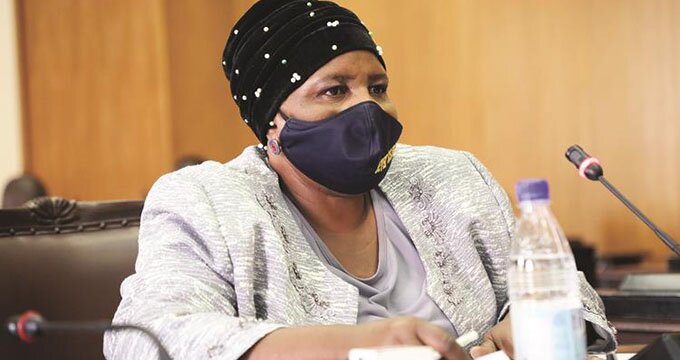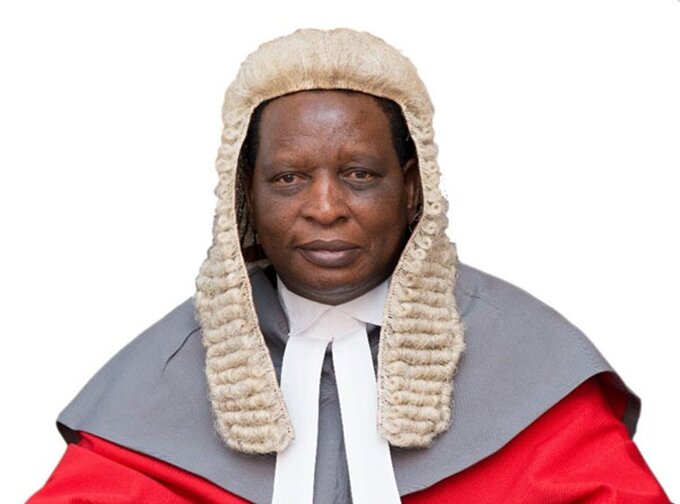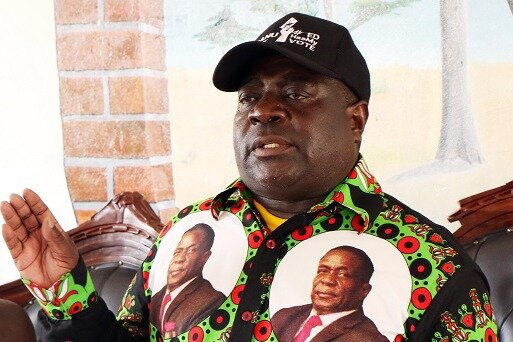Tawanda Musarurwa Senior Business Reporter
The Zimbabwe dollar moved marginally by less than a third of a Zimbabwean cent, against the US dollar at yesterday’s Reserve Bank of Zimbabwe (RBZ) foreign currency auction, trading 0,004 percent higher at 81,3531 compared to last week’s 81,3499.
Although both the lowest bid and the highest bid moved upwards, the lowest bid to $80 and the highest to $89, it is obvious that almost all bidders are now within a cent or two of the previous rate. October has seen hyper-stability on the auctions with weekly movements well below a hundredth of a percent.
“I think we will continue to see stability,” said economist Eddie Cross, “because that reflects the fundamentals.”
Key to the fundamentals indicated by Mr Cross has been Government’s deliberate efforts at expenditure containment.
Through the Transitional Stabilisation Programme (TSP), which is coming to an end this year, the authorities have managed to reverse both the country’s fiscal and current account deficits.
Advertisement
Data from Treasury shows that fiscal deficit as a percentage of gross domestic product (GDP) declined from -10,5 percent in 2017 to a surplus in 2019, and so far this year a balanced budget.
And the current account improved from a deficit of US$1,4 billion in 2018 to a surplus of US$311,2 million in 2019, with indications that Zimbabwe is continuing to export more than it imports.
Economic analyst Persistence Gwanyanya concurs: “Of course sustenance of this stability is dependent upon the determination by both RBZ and Treasury to contain money supply growth, which is the major driver of currency stability so far.
“Importantly, containing money supply growth hinges upon fiscal discipline by Treasury. It is actually fiscal indiscipline that got us into hyperinflation around 2008, which is why the new crop of economic managers have declared war against this economic adversary,” he said.
“All indicators on the ground suggest that Treasury is determined to continue with tight fiscal policy stance, which is encouraging. In fact, the market is actually feeling the heat from this fiscal stance to achieve surpluses as a way of rebalancing the country’s fiscal position.”
Yesterday’s auction saw the highest number of bidders, with total bidders on the main platform rising to 274 from last week’s 238. All 238 valid bids, that is those where bidders managed to get their paperwork in order, were successful.
Although the top bid on the main auction rose to $89 from $87,1 last week, the lowest accepted bid also rose to $80 (from $79 previously). But with the de facto range for almost all bids now having to be within a band of a few cents to produce such minute changes, these extremes have little effect. On the SMEs auction, the highest bid remained at $86, although the lowest successful bid rose to $79,9 from $79 last week.
Total bids on the SMEs board remained at 146. Total foreign currency allocation was marginally lower at US$27,8 million from US$28, 7 million although all valid bids were allotted, so the small drop was from reduced demand rather than reduced supply. The main auction accounted for US$26,1 million and SMEs took up US$1,67 million.
Yesterday, the raw materials segment accounted for the bulk of the allotments with US$10,45 million on the main auction and US$445 902 on the SMEs board.
Machinery and equipment came in second with US$4,3 million on the main and US$237 171 on the SMEs. And consumables came in third on the main auction at US$2,7 million. On the SMEs section, consumables took up US$454 901.
Advertisement
Although companies are accessing foreign currency from the auction system, a significant number of firms are still “double-dipping” by pegging the prices of their goods or services on the black market, resulting in pricing distortions in the market.
“Some shops are pricing their products higher in local currency by using the parallel market determined exchange rate, thus forcing buyers to opt to pay in US dollars instead of local currency.
“The implied parallel market rates are also not uniform among the different suppliers of goods,” noted the Zimbabwe Economic Policy Analysis and Research Unit (ZEPARU) in its Economic Barometer Report for September 2020.
– HERALD








